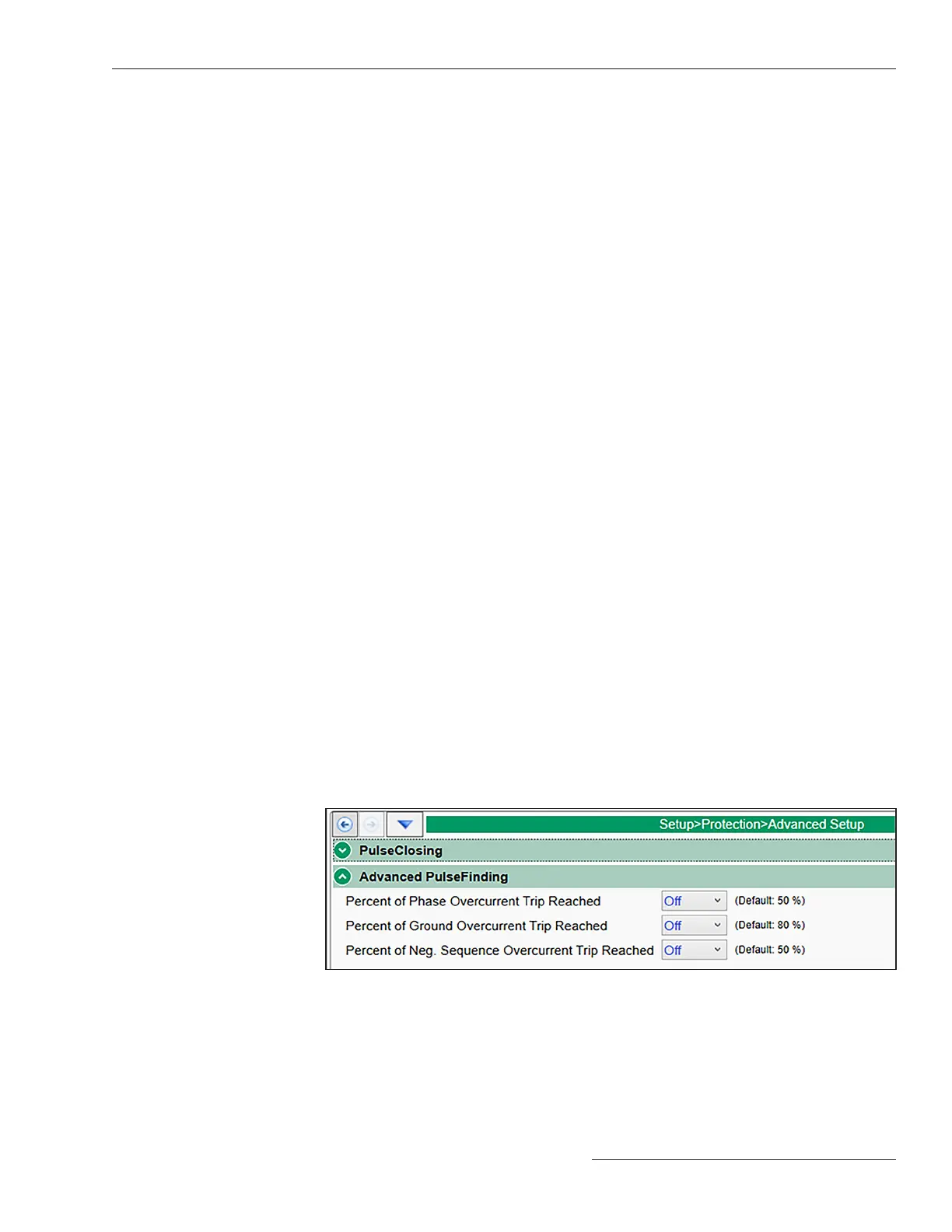Figure 37. The Percent of Trip Reached setpoints.
PulseFinding™ Fault Location Technique
In the “Initial Trip – Additional Features” section of each direction 2, select this
check box to enable PulseFinding Fault Location Technique for that direction. The
PulseFinding technique uses the Open-Source Voltage Threshold value specied
on the Setup>Protection>General Proles>Voltage Trip screen in combination with
the Setup>Protection>Advanced Setup>Advanced PulseFinding Percent of Phase
Overcurrent Trip Reached setpoint, and/or the Percent of Ground Overcurrent
Trip Reached setpoint, and/or the Percent of Negative Sequence Overcurrent Trip
Reached setpoint to open IntelliRupter fault interrupters that have not tripped. This
means an IntelliRupter fault interrupter will only open using the PulseFinding technique
provided its source voltage is below the Open-Source Voltage Threshold setpoint and
the percent of overcurrent trip timing has been reached or exceeded.
Open Source Voltage Threshold
This is the percentage of system voltage below which the PulseFinding technique is
enabled. (Range: 5-100; Step: 1; Default: 20)
TCC Shifting
When checked, all TCCs for Test Sequence Test-n are instantiated for the duration of
the Test TCC Hold Time setpoint. Note: n = 1 through 4. When the Test TCC Hold
Time setting expires and all TCCs for Test Sequence Test-n are quiet, the Initial Trip
TCCs are re-instantiated.
Because the Test-n Delay setpoint is active and timing when fault interrupters using
the PulseFinding technique trip, the Test Delay Time setting is needed to delay testing
until the upstream IntelliRupter fault interrupter has shifted back to the slower Initial
Trip TCC. Configure the Test Delay Time setting with a value ≥ the Test TCC Hold
Time setting + 100 ms.
This feature is used with the PulseFinding technique when there are concerns about
faults reinitiating because of dense vegetation and/or upstream conductor slap after the
PulseClosing Technology and closing events have completed.
Check the PulseFinding Technique and TCC Shifting check boxes for all series devices
configured with the same Initial Trip TCCs including the IntelliRupter fault interrupter
closest to the source.
For the IntelliRupter fault interrupter closest to the source, on the
Setup>Protection>Advanced Setup>Advanced PulseFinding screen, set the Percent
of Phase Overcurrent Trip Reached, Percent of Ground Overcurrent Trip Reached
and Percent of Negative Sequence Overcurrent Trip Reached setpoints to “Off.”
See Figure 37.
S&C Instruction Sheet 766-530 53
Protection Setup
